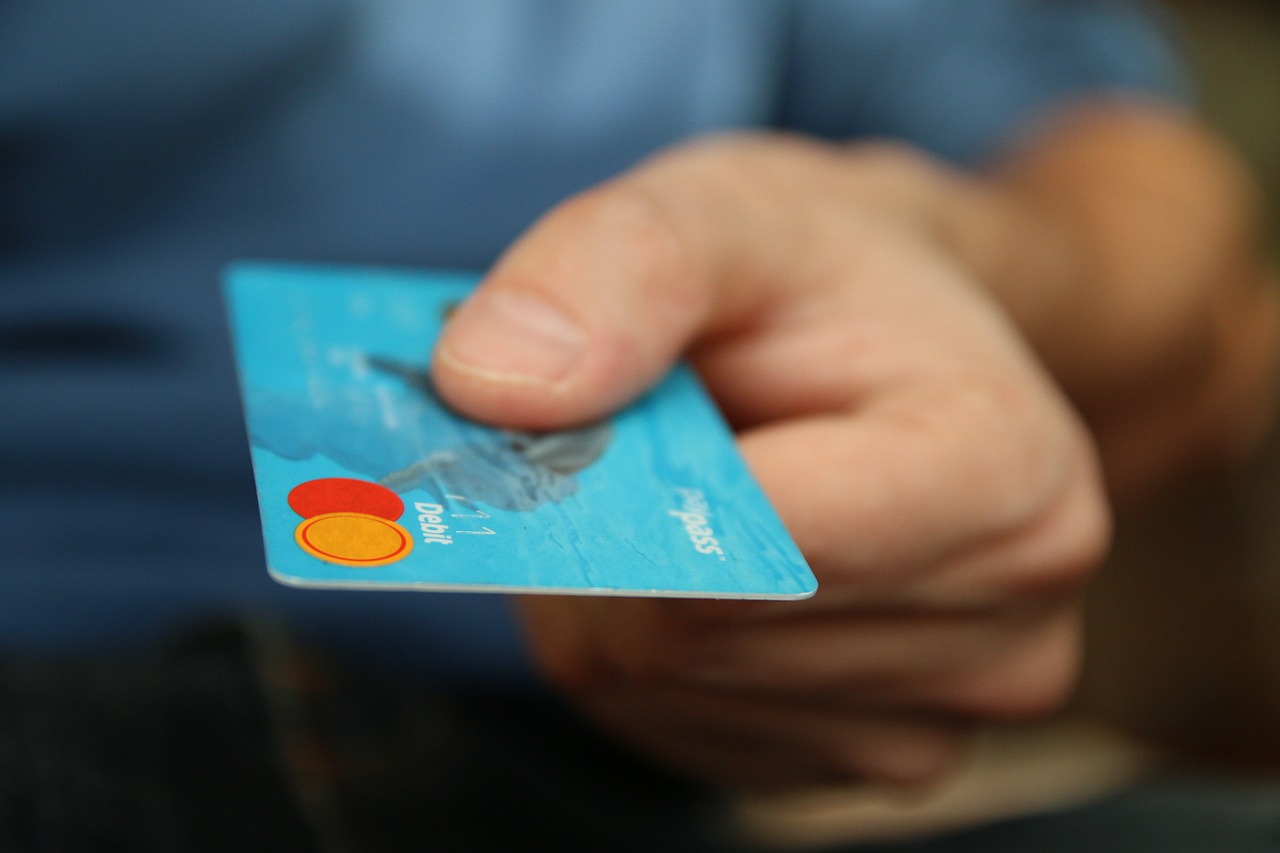Are you considering using a prepaid card? Before you sign up and start waiting by the mailbox for the card, learn the facts about prepaid cards and consider if these cards are the best option for you.
- Understand the data collection. Prepaid cards may resemble credit and debit cards, but the application process is different.
- Before you can get a prepaid card, you may have to provide sensitive private data that you might not want to share for just a prepaid card. You may have to provide your name, address, Social Security number, phone number, and other information.
- Stay aware of the fees. Prepaid cards can come with a variety of fees.
- The fees vary from company to company, but you’ll usually have to pay for ATM withdrawals.
- You may also have card inactivity fees and minimum balance fees.
- Fees can also include monthly usage charges, overdraft charges, late charges, and reloading fees.
- It’s crucial that you read the fine print so you can be aware of the fees of your card.
- Consider how the cards can be loaded. Prepaid cards can be loaded in several ways. You can add funds from your bank accounts. You can also load them at some retailers.
- Prepaid cards allow direct deposits in some cases. You can directly deposit your paycheck or government benefits to the card. You may also be able to deposit your Social Security or pension benefits.
- Consider FDIC insurance. Some prepaid cards aren’t protected by FDIC insurance. This means that if the bank fails, you may lose all of your money. It’s important to check for this coverage.
- Before you sign your agreement, read it carefully and check for statements about FDIC insurance. The terms should have this information clearly outlined.
- Evaluate what happens if the card is lost or stolen. How does the bank handle a lost or stolen prepaid card? Are you automatically reimbursed and issued a new card? Or do you lose your money on that card?
- Different companies have different rules for lost and stolen prepaid cards.
- You may have to pay a replacement card fee if your original card disappears. You may also have to wait for the money to be returned to the card.
- Consider customer service complaints. Does the prepaid card have terrible customer service, or do consumers praise it? Before you sign up, explore the customer service experience. Do an internet search for that card and you’ll most likely find plenty of reviews.
- Customer service can vary greatly among banks. You may find that the prepaid card doesn’t have a call center. It’s possible that customer service is limited to online and email interactions. You also have to think about the quality and speed of the service the company offers.
- Compare the perks. Prepaid cards may have additional perks for users. Before you get a prepaid card, compare the perks being offered by different companies.
- These perks can include reduced fees or no fees if a balance and activity level is maintained. The perks can also include purchase protection. Cards may offer travel assistance or roadside assistance.
- Prepaid cards may also have their own rewards programs. These programs may benefit loyal customers who buy or spend a certain amount of money each month. You may accumulate points in different categories that can be redeemed for prizes such as gift cards.
A prepaid card can be part of your overall financial strategy. However, before you get a card, it’s important to think about the fees and other aspects.






Leave A Comment
You must be logged in to post a comment.